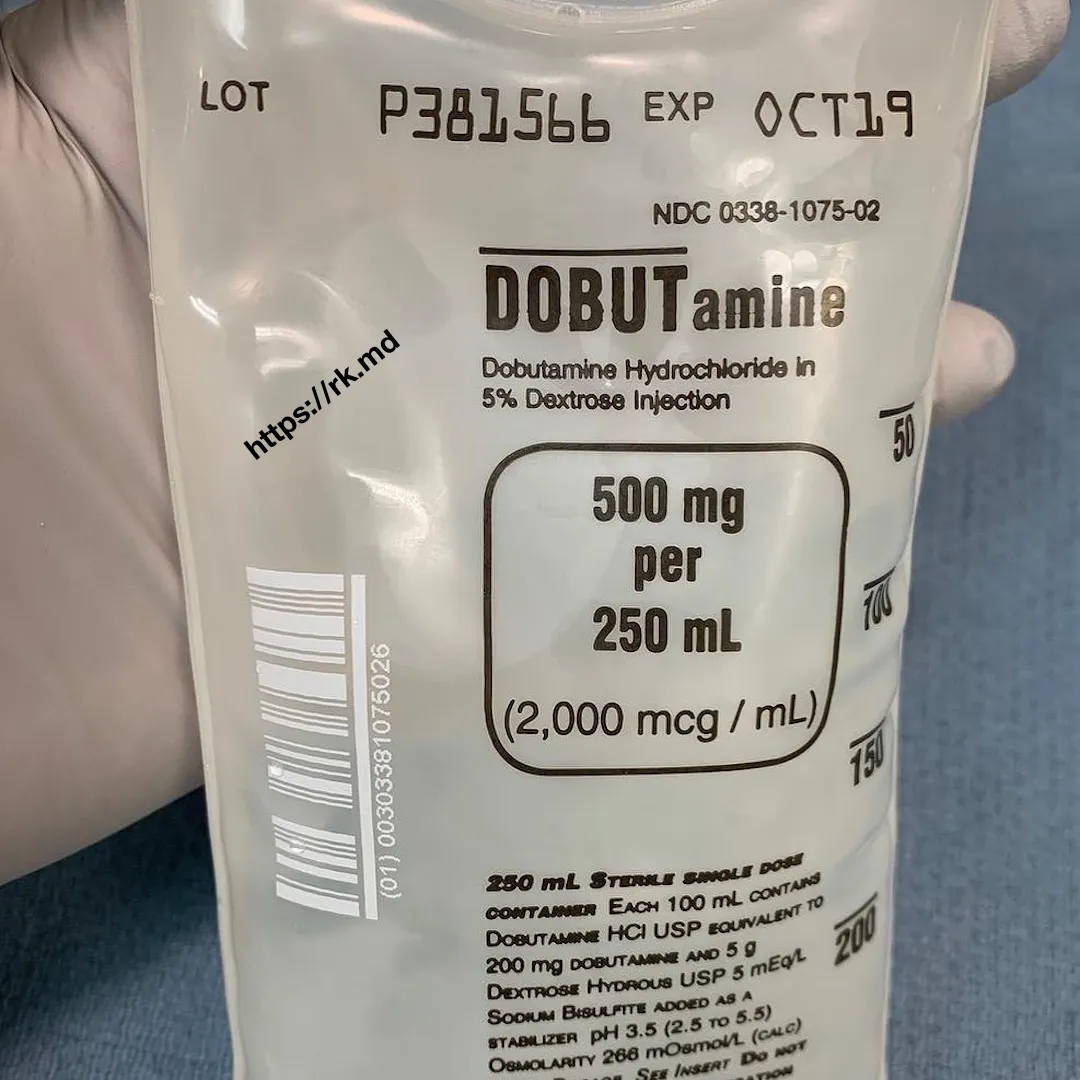Dobutamine (Dobutrex) is a synthetic adrenergic agonist structurally similar to isoproterenol working on the same receptor profile – primarily beta 1 and beta 2 – to create the net effect of increased chronotropy (heart rate), inotropy (contractility) and vasodilation (decreased afterload). With these hemodynamic goals, dobutamine aims to increase forward blood flow. It’s also a much cheaper alternative to isoproterenol!
As an anesthesiologist, I most often use dobutamine during heart transplant cases as these patients tend to have some combination of right heart dysfunction and initially decreased compliance which makes cardiac output more dependent on the heart rate. The denervated donor heart does not receive vagal tone which modulates several aspects of cardiac function, so I need to use direct acting agents like dobutamine and epinephrine to achieve my goals.
As an intensivist, I usually stick with epinephrine for many of the aforementioned hemodynamic goals, but a handful of times have transitioned patients to dobutamine to diagnose and treat the lactic acidosis that can be generated from epinephrine infusions. That being said, there’s no evidence supporting dobutamine as a first line agent over alternative vasoactives in any clinical situation I’m aware of.
Drop me a comment below with questions! 🙂







Hi there! Thank you so much for all your amazing education topics! I wanted to ask you about dosing dobutamine and the different effects it has on various receptors. I’ve been told different things by pharmacist, doctors, and nurses about this! My understanding is that in the 2-5 mcg/kg/min you get very good beta 1 activity, but as you start to increase your dose you flood the beta 2 receptors and start seeing vasodilatory effects in skeletal muscle and lungs? What’s your experience with dosing for certain situations? I’m a nurse that’s new to a cvsicu. Again, thank you!
Hey Caity! For medications that work on mixed receptors (β1 and β2 in the case of dobutamine), it’s really hard to know exactly what doses affect what receptors (imagine meds like epinephrine or dopamine) as every patient is a little different.
In my practice, I tend to think of dobutamine as a good “net forward flow” option due to an increase in heart rate and contractility (via β1) coupled with afterload reduction (via β2). Dobutamine already tends to favor β1 more than β2, and I’m not aware of there being particularly good data that suggests one dose being more selective for one receptor than another.